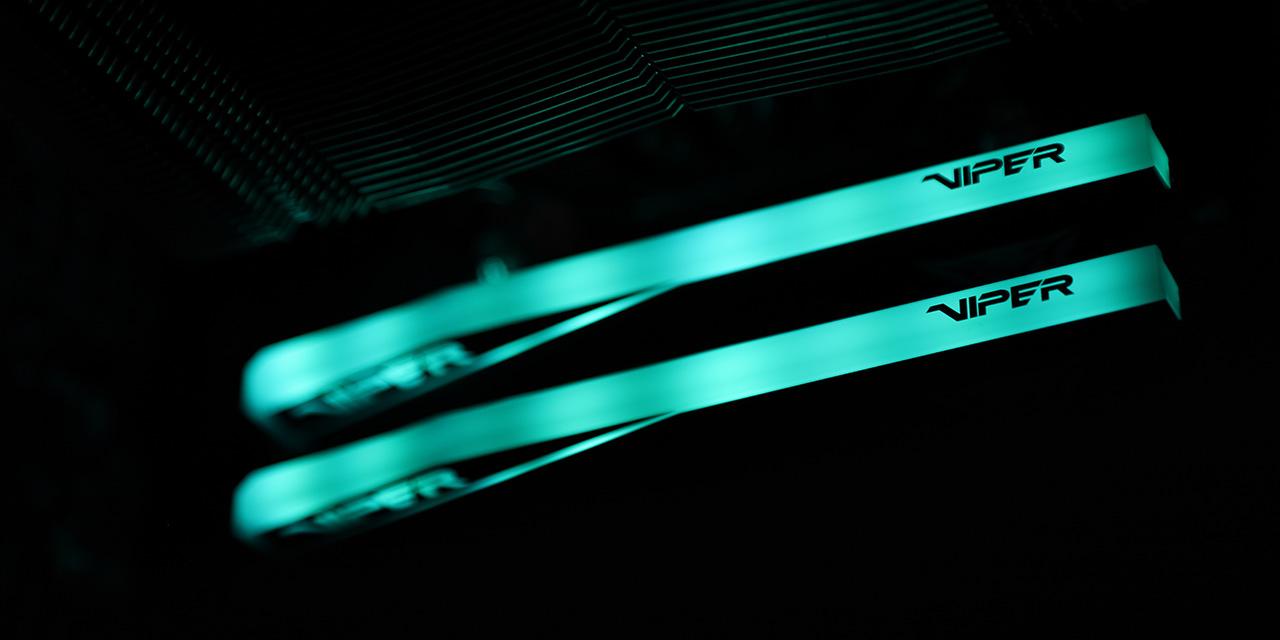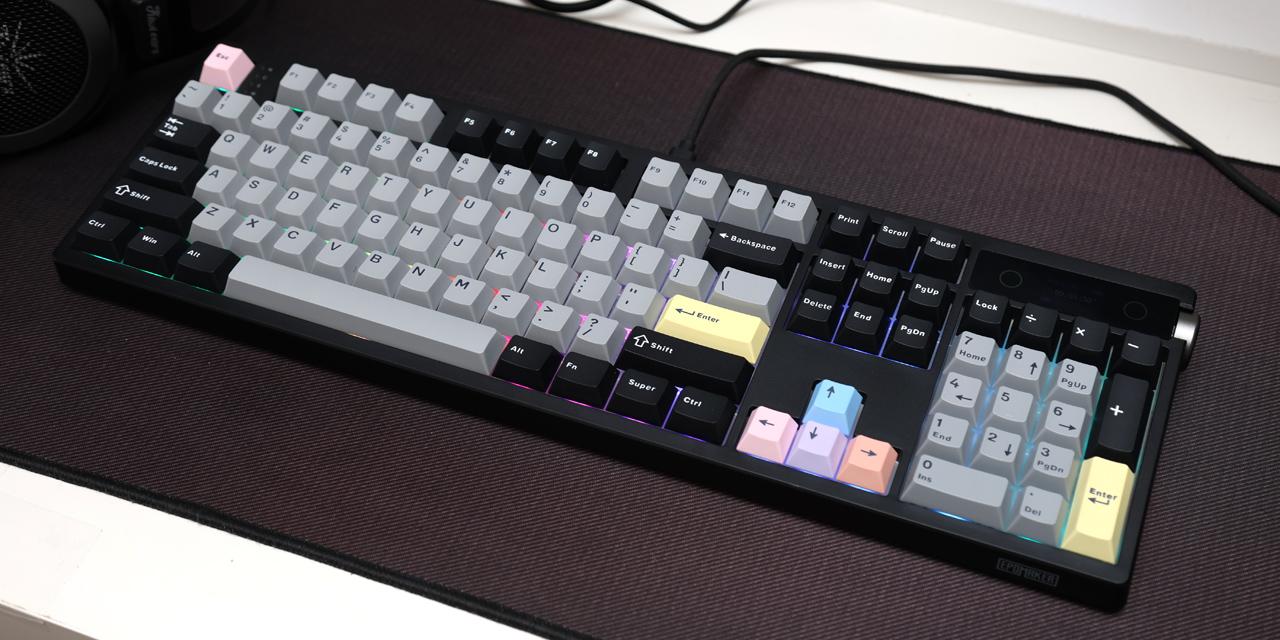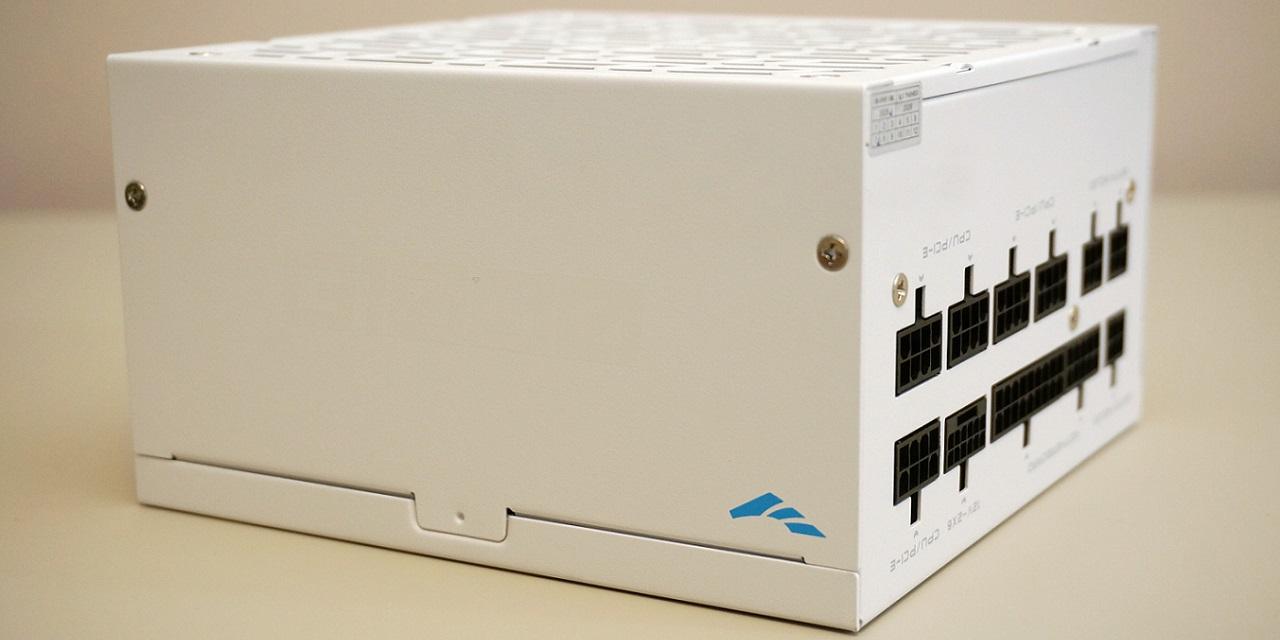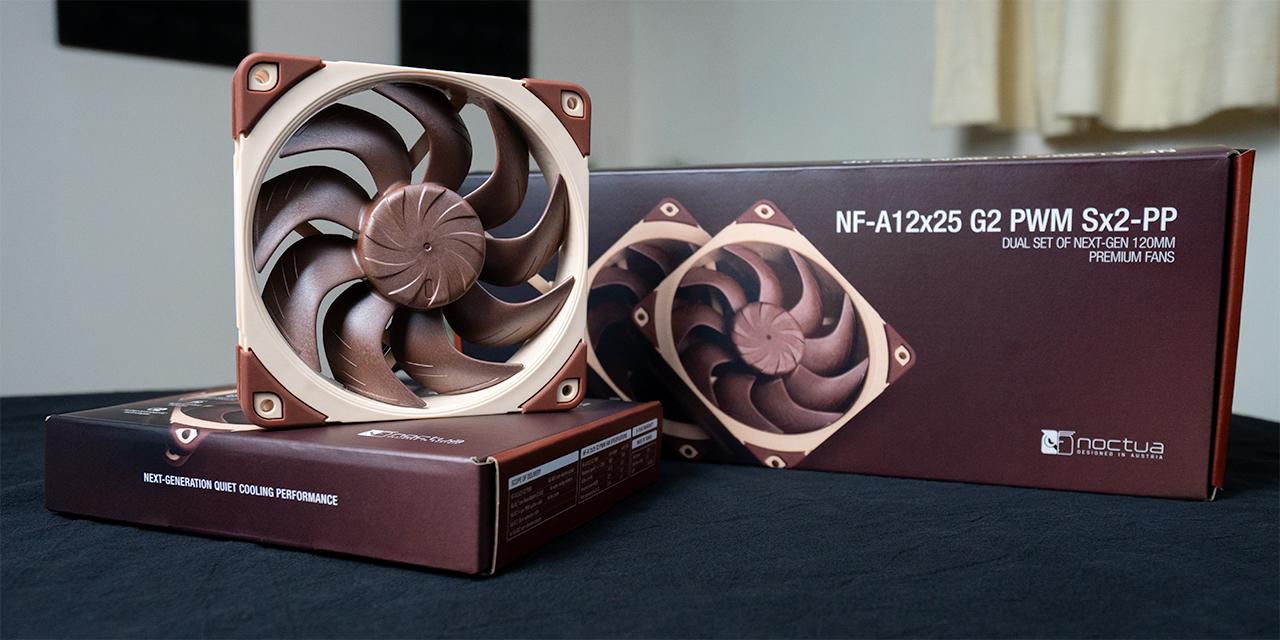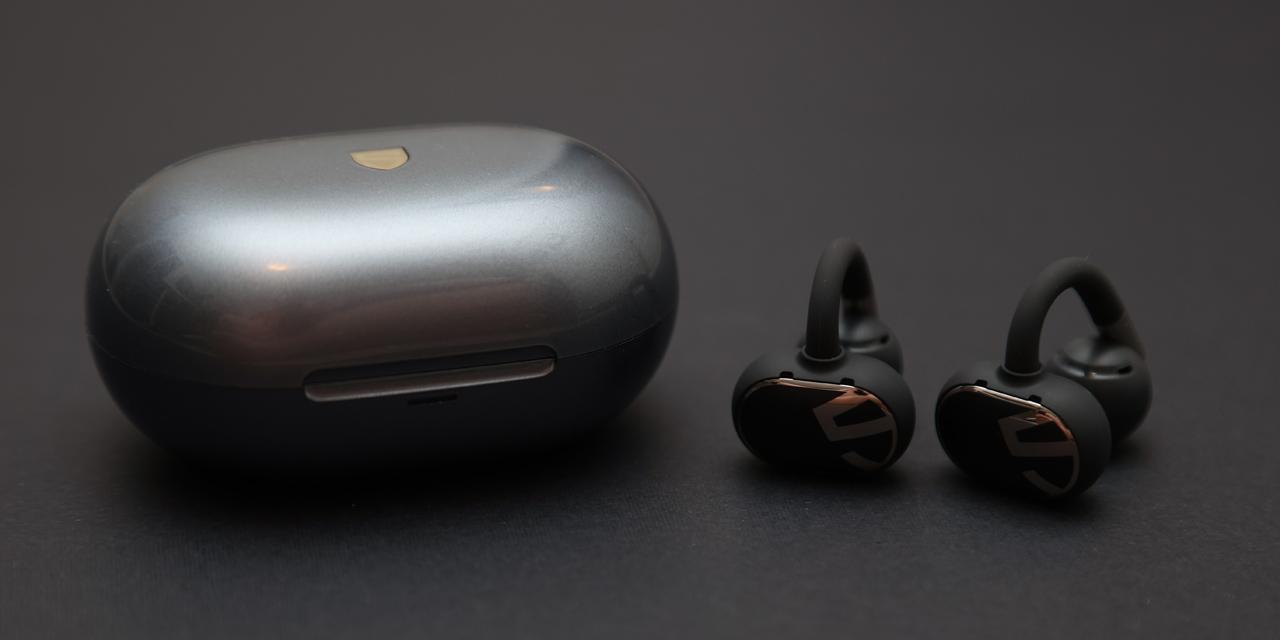Page 3 - Physical Look - Inside

As always, we opened up our be quiet! Pure Power 13 M 1000W power supply to take a detailed look at what is going on inside. Please note that doing this at home may void your 10-year warranty thanks to a seal that extends over one edge of the power supply. But for the benefit of you, we cracked ours open, so you do not need to, haha. There are no user serviceable parts inside. Disassembling the be quiet! Pure Power 13 M 1000W is quite straightforward with the removal of four screws next to the fan mount and one more on the side under the warranty sticker.
Our photo above shows an overhead view of its internal components. Its OEM is FSP, a reputable PSU manufacturer that also sells products under their own brand. The be quiet! Pure Power 13 M 1000W is built on the same platform as the other wattage models in the lineup. It features an LLC half bridge topology with DC-to-DC converters. The build quality of our Pure Power 13 M 1000W appears to be excellent. There are two main black heatsinks inside located on the primary side. Five smaller sized heatsinks in its original aluminum finish reside on the secondary side. This layout is like the Power Zone 2 unit we looked at recently, which is unsurprising given both units are made by the same OEM.

If we start at the transient filter stage, there is a total of two X-capacitors and four Y-capacitors near or around the AC receptacle. This is two times the amount of X and Y capacitors recommended, which is nice to see. In addition, we have a ferrite coil and metal oxide varistor. The MOV helps with suppressing voltage spikes.

On the primary side, we can see two Taiwanese-made capacitors from Taiwan Chinsan Electronic Group under the Elite brand. Our 1000W version of the be quiet! Pure Power 13 M 1000W series power supply incorporates two 470µF x 400V capacitors for an equivalent capacitance of 940µF x 400V. They are rated at 105c, whereas more value-oriented power supplies usually use 85c rated capacitors.
The active PFC circuit featured on the be quiet! Pure Power 13 M 1000W uses two HY Electronic GBJ2508L bridge rectifiers on one side of the large primary heatsink. At 115V, the maximum rectified forward current capacity with heatsink is 25A each, so you can theoretically pull up to 5750W (25A * two diodes * 115V) from the bridge rectifier at 100% efficiency. Of course, this is limited by the fact that it is not 100% efficient and neglects the fact that not every component in the system is able to keep up.

Further down the line, we can see two active PFC MOSFETs in the form of ROHM Semiconductor R6049YNX power transistors. Each is certified for up to 22A at 25c. These transistors present a typical resistance of 68mΩ when turned on according to the manufacturer's data sheet. This on characteristic is called Static Drain-Source On-Resistance, or commonly abbreviated as RDS(on). The more efficient the component is, the lower the RDS(on) value since it wastes less power with lower resistance. On the same heatsink, there is one Diodes Incorporated DSC08C065 Schottky diode. Finally, we have two more switcher MOSFETs located on the same heatsink near the primary capacitors, and these are the Greatpower GP36S60YERD. Unfortunately, I could not find any more information on this component.

Other components that can be spotted on the primary side are all located on the add-in board next to the APFC components shown in the above photo. There is a Champion CM6901X LLC resonant controller, a Novosense NSi6602 dual channel gate driver IC, and a Champion CM6500UNX active PFC controller.

On the secondary side, we have many electrolytic and polymer capacitors, all rated at 105c. The electrolytic ones are all Elite, besides one Rubycon on a daughterboard. The polymer capacitors include various brands like APAQ, Elite, and Biostar. Otherwise, most of the components of interest are located either on the underside or on separate add-in boards.

Underneath the main PCB, you will find the rectifiers that produce the +12V out. The +5V and +3.3V outputs are generated from the +12V output using a DC-to-DC converter. Six Champion CMR009N04NS power MOSFETs are responsible for generating the +12V output, located at the bottom of the main PCB. Unfortunately, I was unable to find any specifications on these transistors. More MOSFETs on an add-in board generate the +5V and +3.3V output from the +12V rail, but they were sandwiched between the back modular PCB and a copper heatsink with another thermal pad on top, which made it difficult to see or identify. An IN1S4241-SDG supervisor IC on another add-in board offers overcurrent, overvoltage, undervoltage, short circuit protection, and provide the power good signal. The datasheets for all the components mentioned in the inspection should be found on their respective manufacturers’ website.


At the back, we have a large daughterboard covering much of the rear panel for the modular cable sockets. All modular sockets at the bottom are soldered directly to the main PCB after the secondary stage. Pin headers join the mainboard and daughterboard to reduce power transmission loss. The output connector configuration can be seen on the previous page. Overall, the internal build quality of the be quiet! Pure Power 13 M 1000W power supply is excellent. Components are arranged very well for optimal cooling with no wires running around inside, and solder points on the PCB are quite clean. It is also notably improved over previous Pure Power units, as there is more space and less crowding of components. The component choices here are not necessarily top tier but they are adequate for a mainstream PSU.

Finally, the fan in the be quiet! Pure Power 13 M 1000W is marked as the QF2-13025-HS and connects to an add-in board with a 2-pin connector. It is controlled by a Grenergy GR8031 IC. This is a 120mm fan, which is a bit small for a power supply of this size and wattage. However, if there is not much heat generated, this is not necessarily something to be concerned about. Otherwise, this is a rifle bearing fan that operates at 2000RPM and 0.3A. Fans with rifle bearings are quieter and have much longer lifespans compared to sleeve bearing fans, making it quite suitable for this application.
Page Index
1. Introduction, Packaging, Specifications
2. Physical Look - Outside
3. Physical Look - Inside
4. Minor Tests and Conclusion
